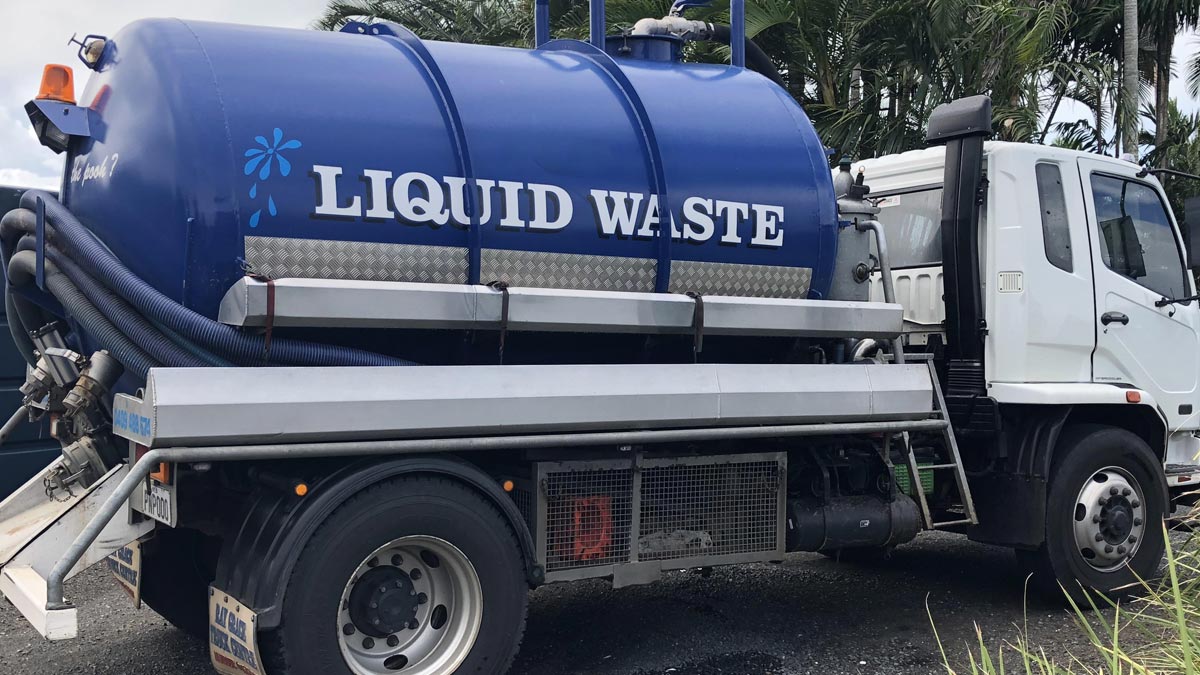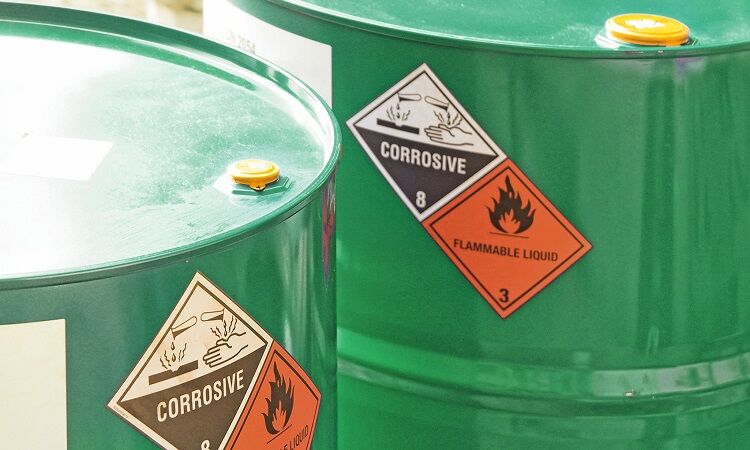Leading Industrial Wastewater Treatment Solutions: Making Sure Compliance and Effectiveness
Leading Industrial Wastewater Treatment Solutions: Making Sure Compliance and Effectiveness
Blog Article
How Fluid Garbage Disposal Works: A Comprehensive Summary of Methods and Technologies Used

Introduction of Liquid Waste Kind
The intricacy of fluid waste kinds necessitates a detailed understanding of their features and effects for disposal. Liquid waste can broadly be categorized into several kinds, including industrial, metropolitan, agricultural, and contaminated materials. Each classification displays distinct residential properties, requiring particular monitoring strategies to reduce ecological and wellness dangers.
Industrial liquid waste stems from making procedures and commonly contains an array of pollutants, such as heavy metals, solvents, and natural compounds. Local liquid waste, largely making up wastewater from homes and business facilities, contains natural issue, nutrients, and pathogens (industrial wastewater treatment). Agricultural liquid waste, consisting of drainage from farms, might consist of plant foods, pesticides, and pet waste, presenting threats to water top quality and communities
Hazardous liquid waste is defined by its poisoning, sensitivity, or potential to cause damage. This classification consists of substances like acids, bases, and certain chemicals that necessitate strict handling and disposal protocols. Comprehending these diverse fluid waste types is vital for creating efficient disposal methods and making certain conformity with ecological guidelines. Correct category and characterization are vital for implementing ideal treatment techniques and minimizing the damaging influence on public wellness and the environment.
Physical Therapy Techniques

Screening is the initial action, where bigger particles and debris are removed from the liquid waste using screens or grates. In sedimentation tanks, larger bits clear up at the bottom, creating a sludge layer, while the made clear liquid can be further treated.
Filtering is another vital method that involves passing the fluid with permeable materials, such as sand or membranes, to record smaller sized bits. This step boosts the high quality of the fluid, making it suitable for subsequent treatment procedures.

Chemical Therapy Methods
Chemical treatment strategies are vital for effectively managing liquid waste, especially in addressing liquified and colloidal impurities that physical methods may not effectively remove. These strategies make use of numerous chemical agents to reduce the effects of, speed up, or transform unsafe materials right into much less harmful forms.
One typical technique is coagulation and flocculation, where chemicals such as alum or ferric chloride are added to promote the gathering of suspended bits. This process improves sedimentation, enabling easier elimination of the resulting sludge. Additionally, oxidation processes, utilizing representatives like chlorine or ozone, are used to break down intricate natural substances and pathogens, rendering the waste safer for discharge or more treatment.
Neutralization is an additional important technique, which readjusts the pH of acidic or alkaline waste streams to neutral degrees, avoiding prospective injury to downstream systems and the environment. Additionally, progressed oxidation processes (AOPs) utilize mixes of oxidants and ultraviolet light to degrade consistent contaminants, achieving a greater degree of therapy performance.
Biological Therapy Procedures
Biological therapy procedures play a vital duty in the management of liquid waste by making use of microbes to disintegrate raw material and lower pollutant degrees. These procedures can be extensively classified into anaerobic and cardiovascular therapies, each employing specific microbial communities to achieve reliable waste deterioration.
Cardiovascular therapy entails using oxygen to facilitate the malfunction of organic products by germs. This process is typically implemented in activated sludge systems, where aeration storage tanks give a favorable environment for microbial growth, causing the oxidation of organic pollutants. liquid waste disposal The resultant biomass can be separated from treated effluent via sedimentation.
On the other hand, anaerobic treatment happens in the absence of oxygen, relying on various microorganisms to damage down raw material. This technique is specifically useful for high-strength waste, as it generates biogas, a renewable resource resource, while reducing sludge production. Technologies such as anaerobic digesters are frequently employed in community and industrial applications.
Both anaerobic and cardiovascular biological therapies not just decrease the ecological effect of liquid waste but likewise facilitate source healing, making them important elements of lasting waste management methods. Their versatility, efficiency, and performance sustain their extensive execution throughout numerous fields.
Arising Technologies in Disposal
Ingenious techniques to fluid waste disposal are rapidly progressing, driven by developments in technology and a raising focus on sustainability. Among these emerging technologies, membrane layer bioreactors (MBRs) have actually gained traction for their capability to combine organic treatment with membrane filtering, leading to premium effluent that can be reused in numerous applications. MBRs enable smaller sized footprints and much more effective operations contrasted to traditional systems.
One more promising advancement is making use of anaerobic digestion incorporated with nutrient recuperation innovations, which not only treats liquid waste yet likewise generates biogas and recoups important nutrients like nitrogen and phosphorus. This dual benefit improves source efficiency and minimizes Extra resources ecological impact.
Additionally, progressed oxidation processes (AOPs) are being taken on for the deterioration of intricate organic contaminants. These techniques use powerful oxidants and catalysts to damage down impurities at the molecular degree, using an extremely effective option for challenging waste streams.
Furthermore, the assimilation of man-made knowledge and artificial intelligence in waste management systems is maximizing functional effectiveness and anticipating maintenance, bring about lowered costs and boosted ecological conformity. These innovations mirror a significant shift in the direction of more sustainable and reliable fluid waste disposal methods.
Final Thought
In verdict, efficient liquid waste disposal necessitates a detailed understanding of different strategies and innovations. By continually progressing these approaches, it ends up being possible to address the expanding difficulties connected with fluid waste, inevitably contributing to environmental protection and resource recuperation.
Fluid waste disposal is a crucial facet of ecological monitoring, requiring an extensive understanding of various strategies and technologies tailored to different waste types. Liquid waste can generally be categorized into a number of types, including industrial, metropolitan, farming, and hazardous waste. Agricultural fluid waste, consisting of overflow from farms, might include fertilizers, official site chemicals, and pet waste, posing threats to water high quality and communities.
Numerous physical treatment approaches play a crucial role in managing fluid waste successfully - industrial wastewater treatment.In verdict, efficient liquid waste disposal necessitates an extensive understanding of different techniques and technologies
Report this page